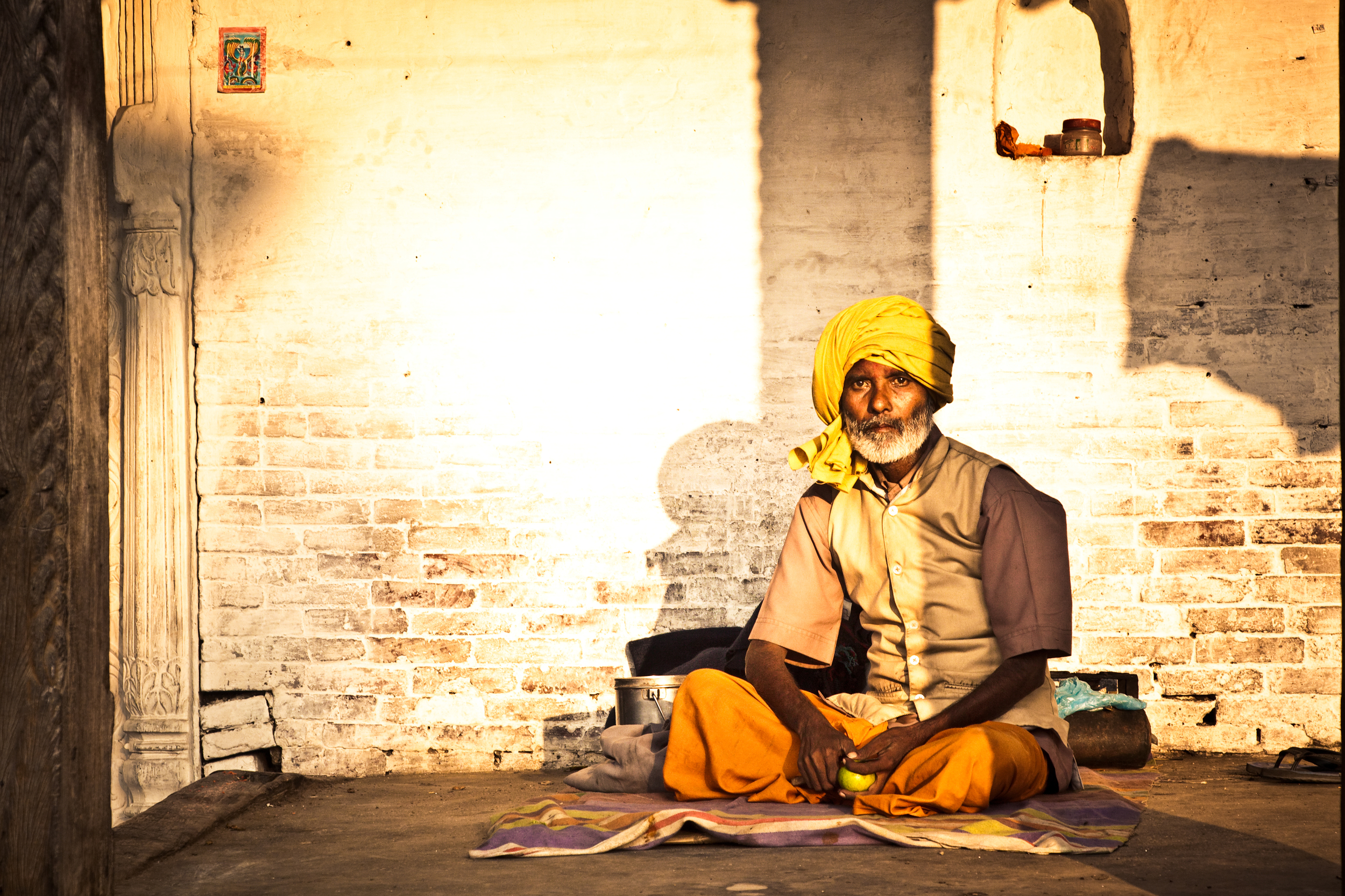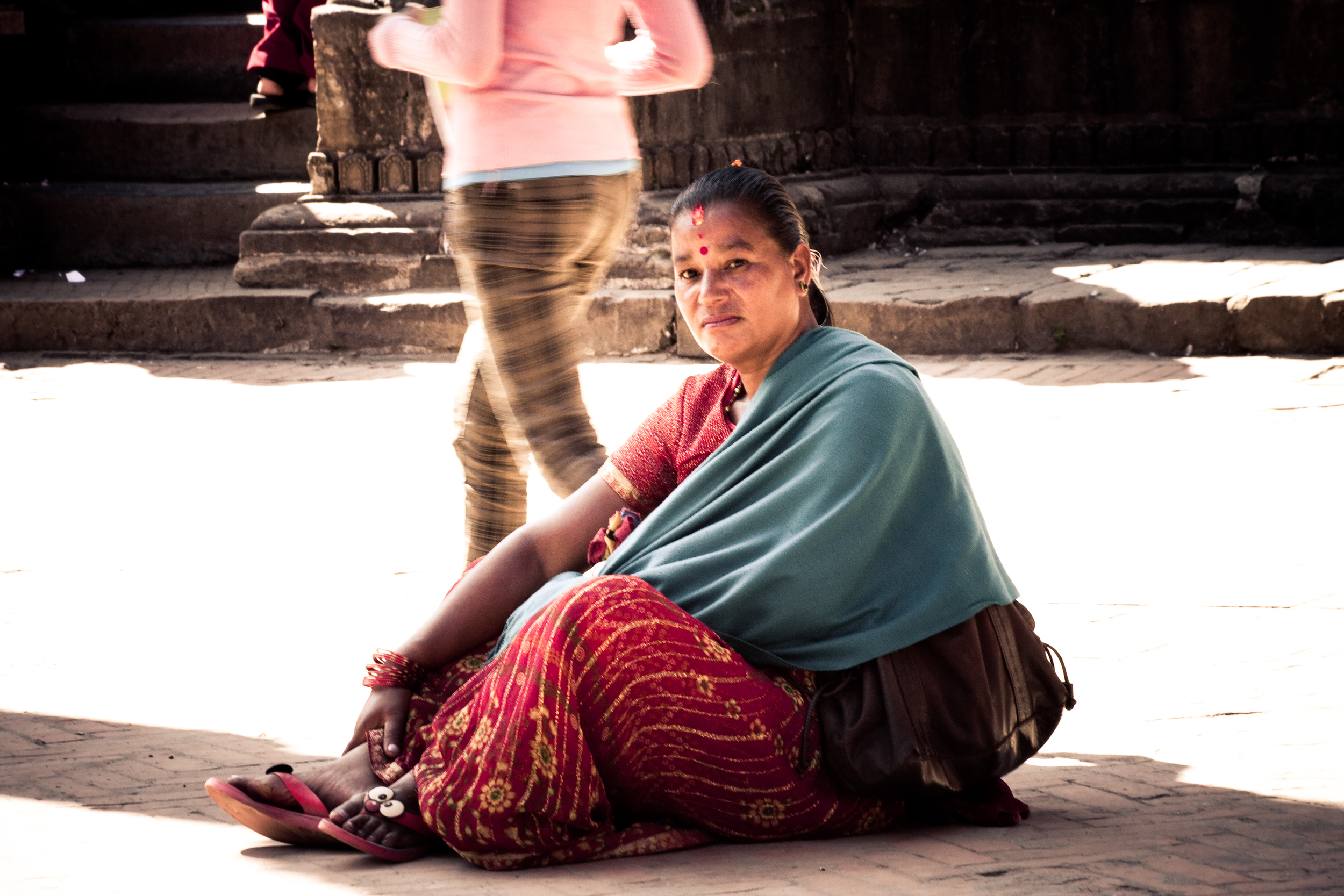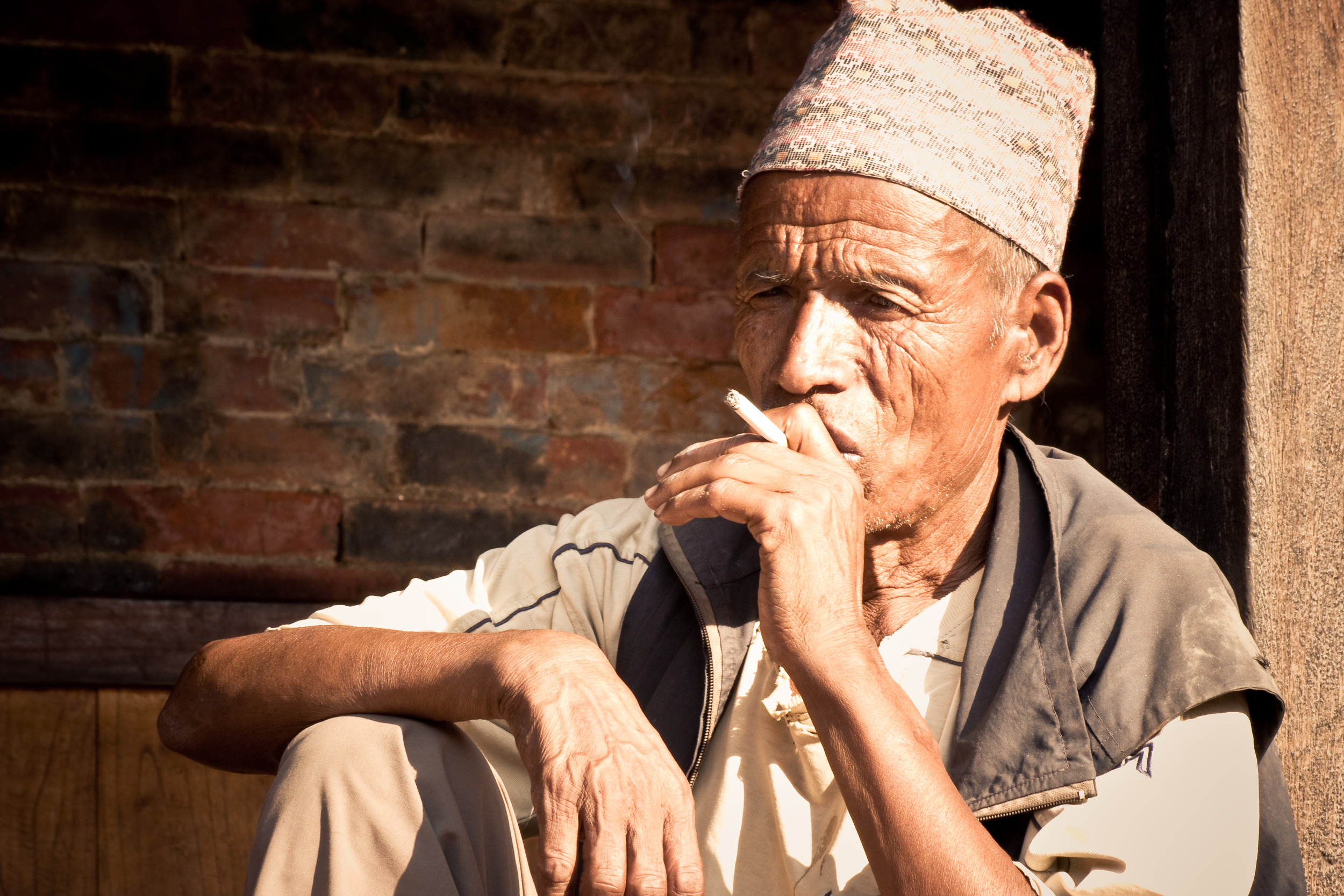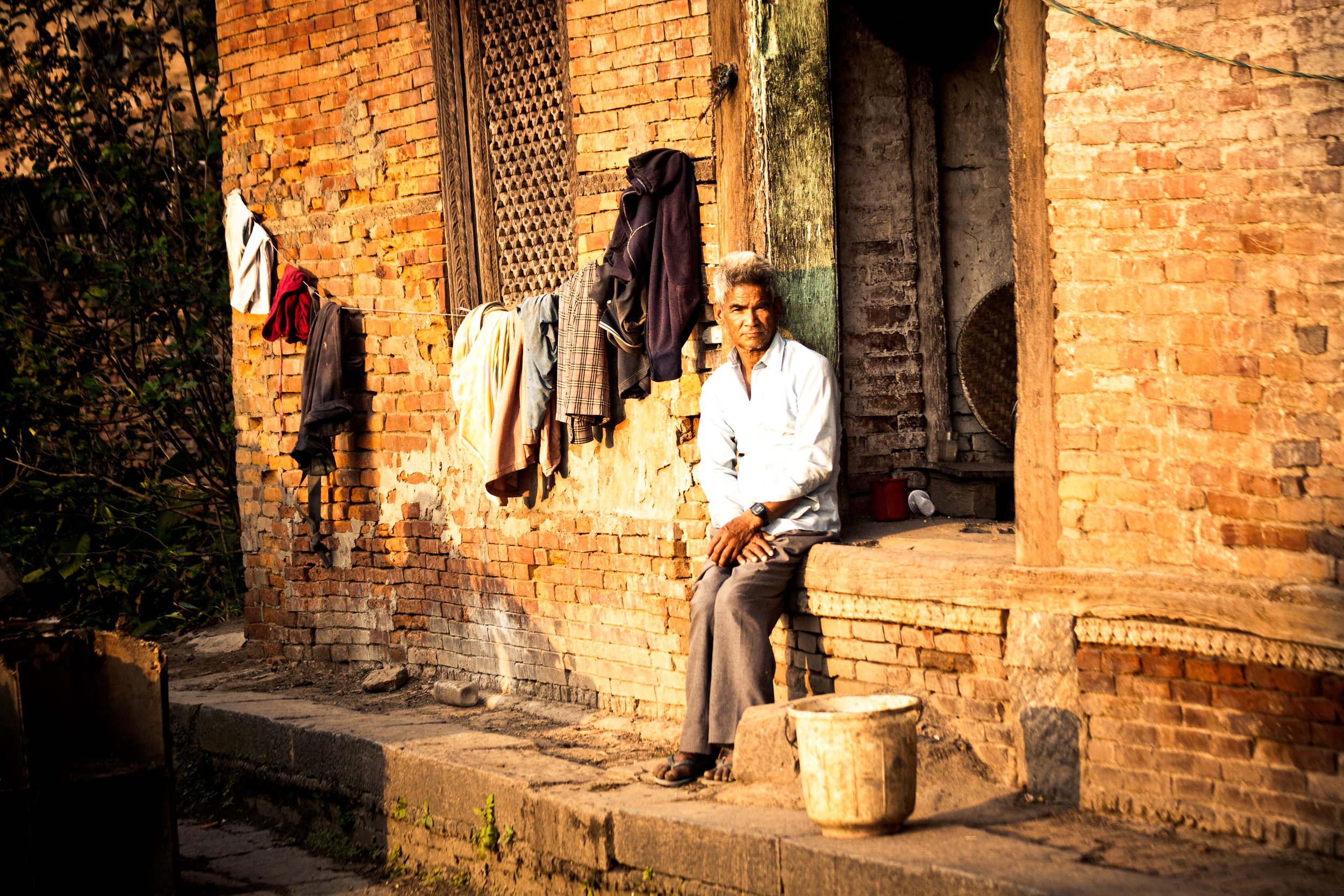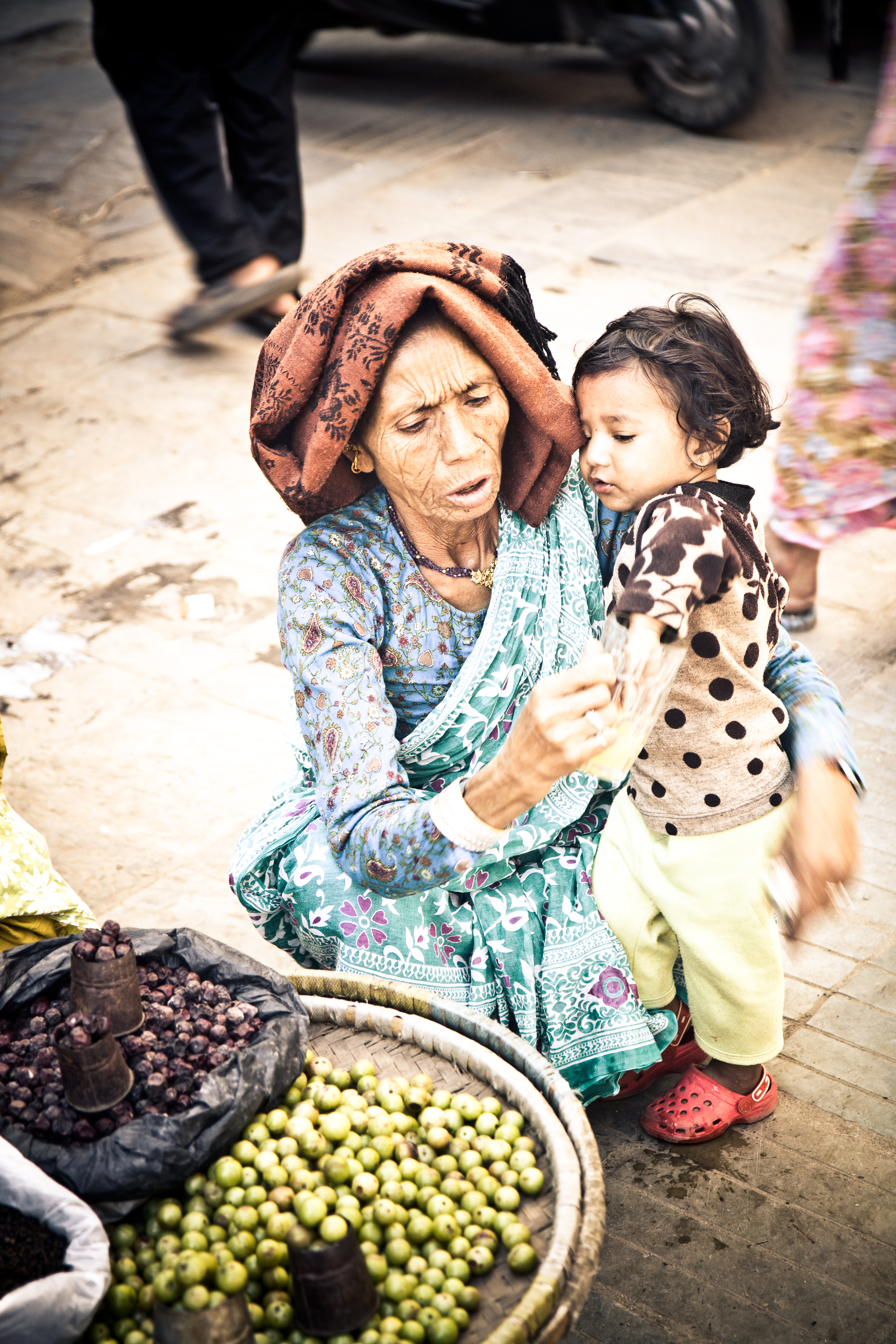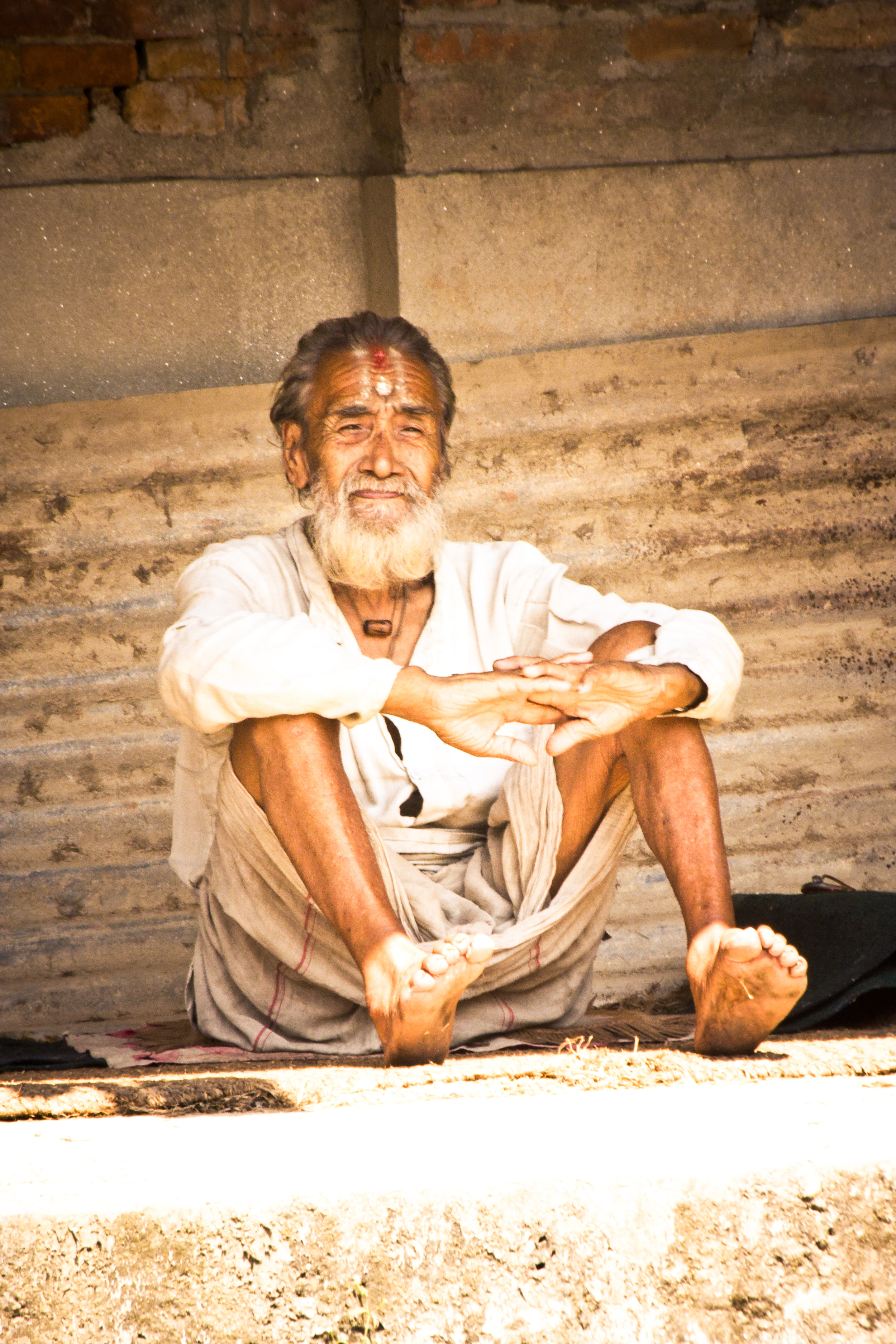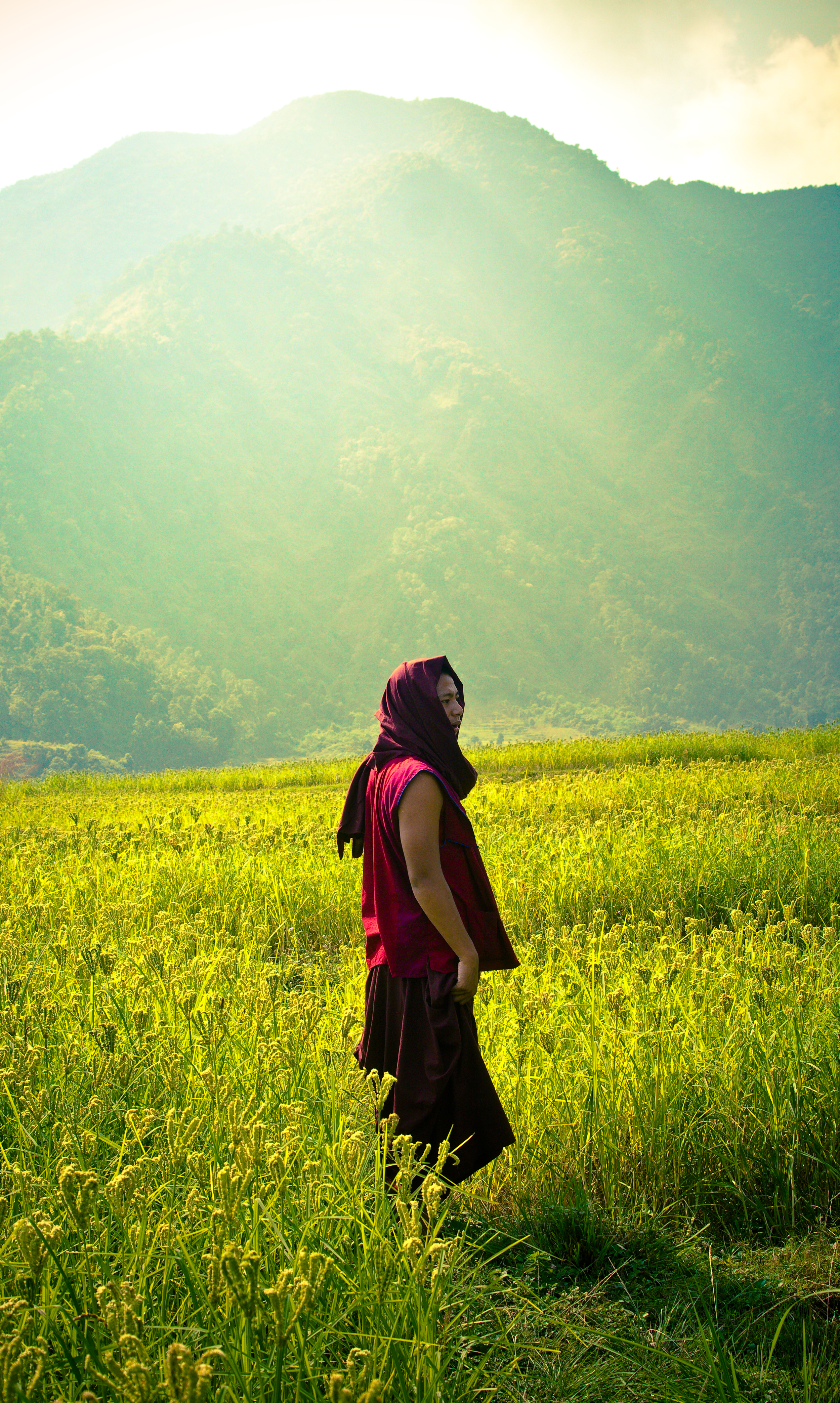The next three posts in my People of the Night series are going to be from Taipei's Ningxia Night Market (寧夏夜市)
The night market is situated in Taipei's lovely Dadaocheng (大稻埕) district which is one of the oldest areas in the city and offers a nostalgic feeling when you visit as most of the buildings in the area have been around for a long, long time.
The Ningxia Night Market is not a large night market, but it has some really great food and is probably most well-known for its Oyster Omelets (蚵仔煎) and other traditional Taiwanese dishes. The night market has been revitalized over the past few years and is really well organized and quality and sanitation are really important to all the vendors.
Admittedly, before starting this project, I had never been to this night market. Since then, I've made several visits over a period of a few weeks and quickly fell in love with this night market.
I have split up my shots from the night market into three posts. The first post will cover drinks and fruit and the two posts following it will be all about the food vendors.
1. Traditional Tea Boss (蜜茶老闆)
As soon as you enter the Night Market you are confronted by this guy. He's selling traditional tea mixed with honey and herbs and sports a really cool hairstyle. This vendor has a great personality, is very animated and will likely be your first impression of the Ningxia Night Market. His fresh teas are all under a dollar US and come in a bag that he will tie up and put a straw inside.
2. Herbal Tea and Bitter Tea Boss (青草茶,苦茶)
Directly opposite the first tea vendor stands this boss. He is selling an Herbal Grass Tea (青草茶) which is an extremely refreshing on hot summer days. The other tea he sells, bitter tea (苦茶) I wouldn't recommend to my worst enemy. Bitter tea isn't the easiest to drink, and I think you probably have to be over the age of 95 to really enjoy it. Despite the flavour, bitter tea is great for your body and really healthy. Coincidentally on some of Taiwan's popular TV shows, if they play a game and someone loses, the punishment is to drink bitter tea. When I took this shot the vendor noticed me automatically and started to talk, so I bought an Herbal Grass Tea from him. He reached into his stall, grabbed a large bottle and poured some in a bag and tied it up and I was on my way back to the MRT station.
3. Coconut Milk / Sugarcane Juice (椰子乳/甘蔗汁)
This guy has an interesting stall. He's got a bunch of coconuts laying around as well as several long sugarcane sticks. The coconuts aren't really that big, but sugarcane can be over two meters long which means this stall requires a bit of space. In winter, the sugar cane is often cooked before they extract the juice for a warm version of the drink. Sugarcane juice is sweet and healthy and if you have a cough it is said to be great for helping your throat. The coconut milk is freshly extracted when you order it and if you're into that kind of thing, I guess it's quite tasty (I'm not a fan of coconut) both of these fresh juices are cheap and are a lot healthier than sugary drinks you'll find elsewhere.
4. "Wow! Frogs eggs!" (青蛙老闆)
Frogs eggs. Sound appetizing? No, I'm joking. This is a popular stall that you'll find at night markets throughout the country. They sells various kinds of drinks using some special tapioca balls that look like tadpole eggs. There are mixed drinks with milk, lemon, mung beans (綠豆) and Aiyu jelly (愛玉) all with his special tadpole egg-looking tapioca balls. Quite a few of my friends swear by these stands when they're buying drinks at the nightmarket, especially when they want a drink with fresh milk. I'm a big fan of Aiyu Jelly which comes from Alishan (阿里山) in central Taiwan, so I don't mind stopping by this kind of stand in the summer for some Aiyu Jelly with Lemon (愛玉加檸檬)
5. Fresh Fruit (現切新鮮水果)
This stall sells professionally cut, individually bagged portions of fresh fruit. If you are a tourist in Taiwan you will have missed out if you haven't had any of Taiwan's amazing fruit! This particular stall is selling various kinds of Guava, bellfruit, melons, pineapple, etc. Whatever you want costs 50NT which is a little over a dollar US. If you buy fruit from this vendor, he will ask if you want to add some sour plum powder to the fruit. I'm not really a big fan of sour plum, or adding sugar to fruit, but Taiwanese people really love to add it to their fruit.
6. Herbal Grass Shaved Ice (仙草冰)
This vendor is selling a healthy kind of herbal grass jelly mixed with fresh fruit and shaved ice. As far as desserts go, especially in the summer time, this one is one of the healthiest and most refreshing to eat. The base bowl of shaved ice is inexpensive and only becomes more expensive as you add fresh fruit. The vendor wasn't particularly busy the day that I took this shot, and even though my purpose is to take portraits, I thought it was best to get a wider angle of her stall as a close up from the front wouldn't have given me much of a view of her face due to the way her stall was set up.
7. Fresh Fruit for Tourists (現切水果)
This vendor is selling fresh fruit just like the guy above, but her stall seems to be more geared towards attracting business from tourists. Boxes of fruit from this stall are relatively cheap at 35NT each, and three boxes for 100NT. She sells guava, papaya, pineapple, bellfruit, cantaloupe, mango, pear and persimmon.
The reason I think she's trying to attract tourists is because she is selling custard apples (釋迦) a fruit from south eastern Taiwan. While her custard apples are quite beautiful, one for 100NT is kind of expensive and I can't see a Taiwanese person paying that much for one, especially considering that most Taiwanese people would shop for their fruit at a fruit store or in a traditional market.
If you don't know what a custard Apple is, they're a really weird fruit that to me taste like a banana smoothy. In Taiwan they are called "Shijia" because they look like the Buddha's hairstyle.
I'll be back in a few days with parts two and three of Ningxia Night Market which will focus on food!












